1. Trendy Fixtures That Don’t Match the Home’s Era
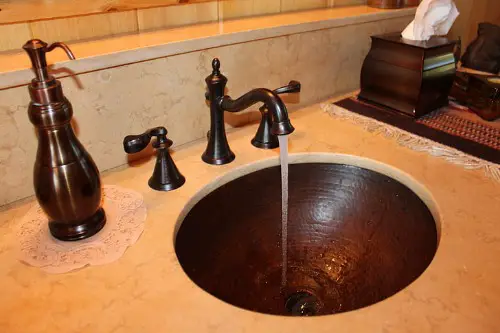
It’s tempting to throw in the latest matte black faucet or geometric pendant light, but if the rest of the home is mid-century or traditional, it can feel jarring. Fast flips often rely on trendy finishes to create a “wow” factor, even if they clash with the home’s bones. This mismatch can make the design feel superficial or forced. It’s like putting a modern spoiler on a vintage car.
Thoughtful renovations respect the home’s original character while updating it for modern living. When fixtures feel out of place, it suggests the flipper was chasing resale appeal rather than long-term livability. Look for harmony between the architecture and the updates. If it feels off, it probably is.
2. Mismatched Flooring from Room to Room
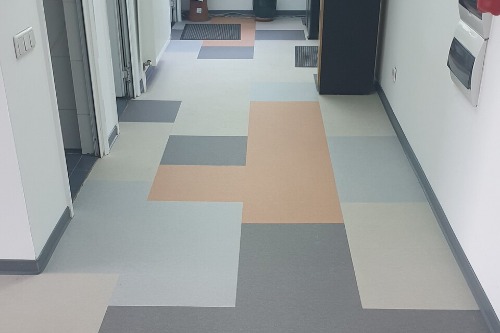
When every room has a different type of flooring—laminate in the kitchen, carpet in the hallway, vinyl in the bathroom—it’s often a sign of rushed decision-making. Flippers on a tight timeline or budget may install whatever materials are cheapest or most readily available. This patchwork approach disrupts visual flow and can make the home feel disjointed. It also suggests corners were cut instead of investing in cohesive design.
Consistent flooring throughout a home not only looks better but also increases perceived square footage. If transitions are abrupt or poorly installed, that’s another red flag. Look for uneven thresholds or gaps where materials meet. These are subtle signs that speed was prioritized over quality.
3. Fresh Paint… on Everything
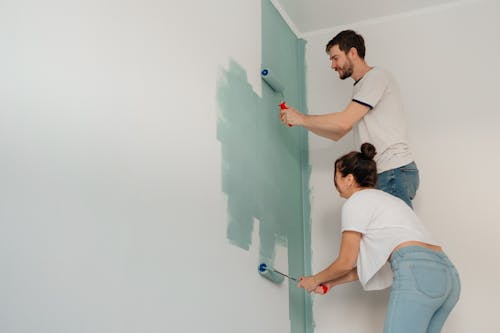
A fresh coat of paint is a classic move to make a home feel new, but when it’s slathered over every surface—including outlets, hinges, and light switches—it screams haste. This kind of sloppy application usually means the painter didn’t take the time to prep properly. It’s not just cosmetic; paint on mechanical parts can cause issues down the line. Plus, it’s a pain to fix.
Look closely at baseboards, door handles, and window locks. If they’re coated in paint, it’s likely the flipper was more focused on speed than precision. A careful renovation includes taping, sanding, and removing hardware. When those steps are skipped, it shows.
4. Cheap Cabinetry with Fancy Hardware
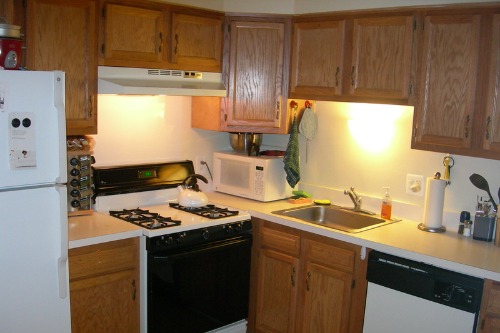
Swapping out cabinet pulls is a quick way to elevate a kitchen or bath, but when the cabinets themselves are flimsy or poorly installed, it’s just lipstick on a pig. Fast flips often use low-cost, pre-assembled cabinets to save time. These may look fine at first glance but won’t hold up over time. Soft-close hinges and solid wood boxes are usually absent.
Open a few drawers and doors—do they feel sturdy? Are they aligned properly? If not, the hardware might be doing all the heavy lifting in terms of style. It’s a sign the renovation was more about appearances than durability.
5. Gaps or Uneven Tile Work
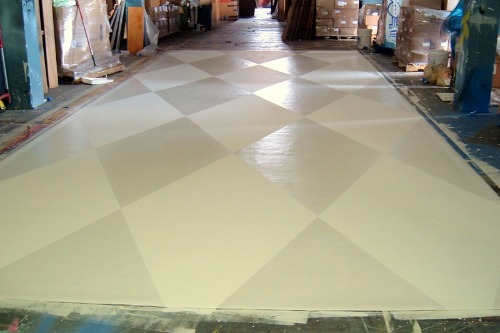
Tile can be a beautiful upgrade, but it requires precision. In rushed flips, you’ll often find uneven grout lines, lippage (where one tile edge sticks up higher than the next), or awkward cuts around fixtures. These imperfections may not jump out at first, but they become obvious over time. And they’re hard to fix without redoing the whole job.
Check corners, edges, and transitions between tile and other materials. If the lines aren’t clean or the spacing is inconsistent, it’s a clue the work was done quickly. Quality tile work takes time and skill. When it’s missing, so is the craftsmanship.
6. Light Switches and Outlets in Odd Places
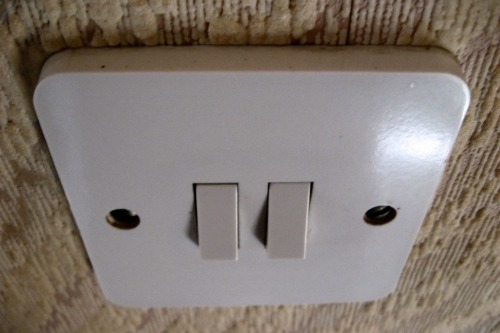
Electrical work is often overlooked in fast flips, especially if the goal is just to meet code. But when switches are behind doors, outlets are halfway up a wall, or there’s only one plug in a large room, it suggests the layout wasn’t thoughtfully planned. These quirks can be frustrating for daily living. And they hint at a renovation that prioritized speed over usability.
Good design considers how people move through and use a space. Poorly placed electrical elements are a sign that the flipper didn’t think that far ahead. It’s not just inconvenient—it can also be expensive to fix. Always test switches and take note of their locations.
7. Baseboards and Trim That Don’t Quite Fit
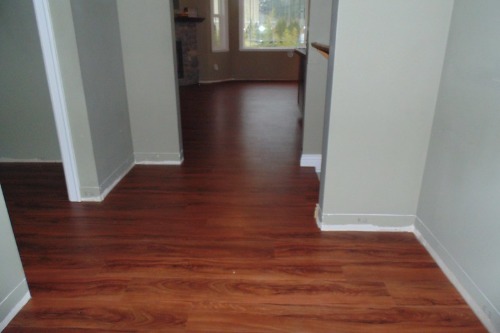
Trim work is one of the first places where rushed craftsmanship shows. If baseboards don’t meet at the corners, crown molding is gapped, or caulking is messy, it’s a sign the finish work was hurried. These details may seem minor, but they frame every room. When they’re off, the whole space feels less polished.
Look at how trim meets around doors and windows. Are the cuts clean and the joints tight? If not, it’s likely the installer was racing the clock. Quality finish carpentry takes time—and it shows when it’s done right.
8. No Signs of Permits or Paperwork
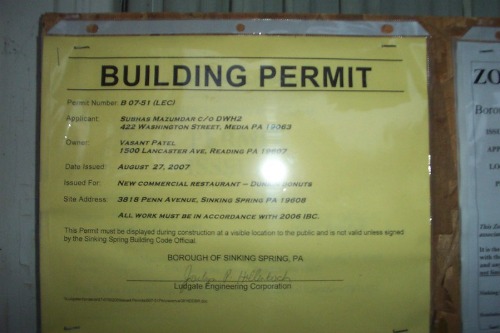
A fast flip often skips the permitting process to save time and money. But that means major work—like electrical, plumbing, or structural changes—may not have been inspected. This can lead to serious issues down the line, from safety hazards to trouble reselling. If there’s no documentation, that’s a big red flag.
Ask for permits or inspection records, especially for recent renovations. A reputable flipper will have them ready. If they’re evasive or say “it wasn’t necessary,” be cautious. A home that looks good on the surface might be hiding deeper problems.
This post 8 Design Details That Quietly Reveal a Home Was Flipped Too Fast was first published on Greenhouse Black.
